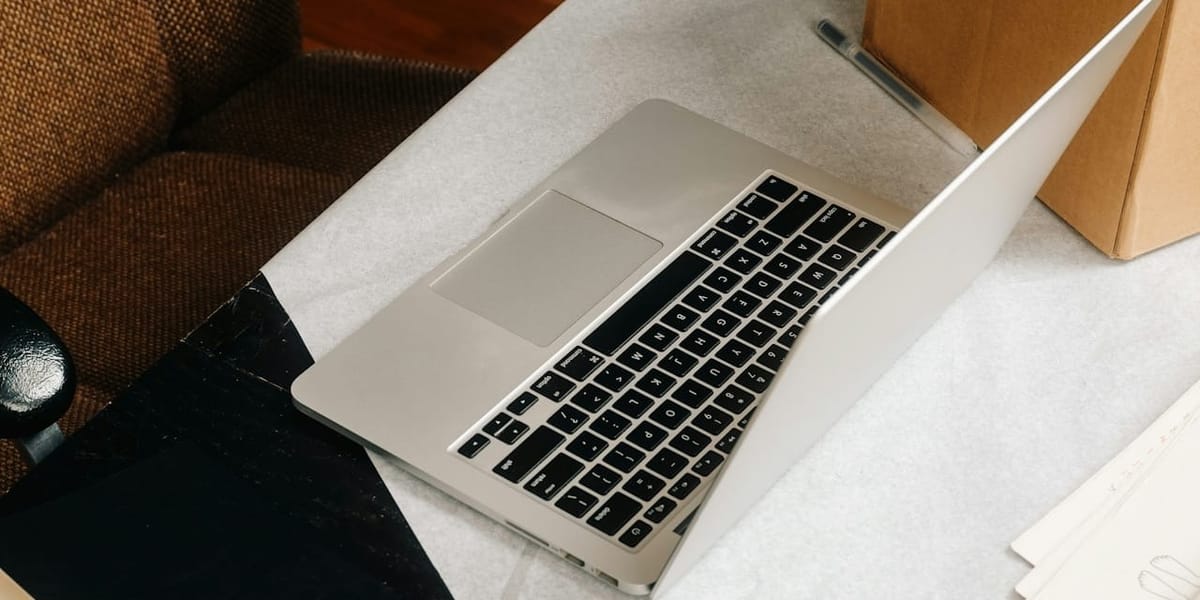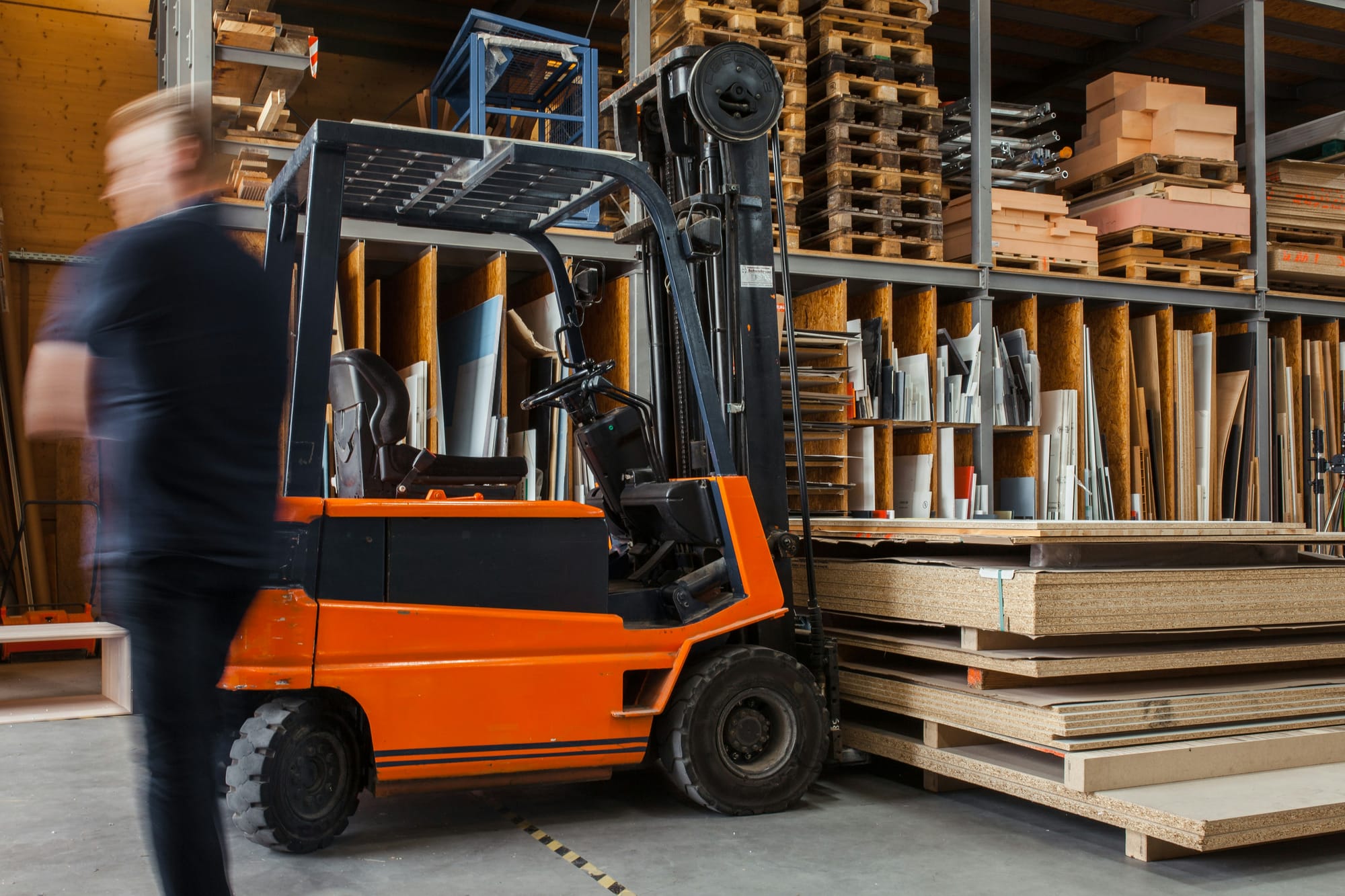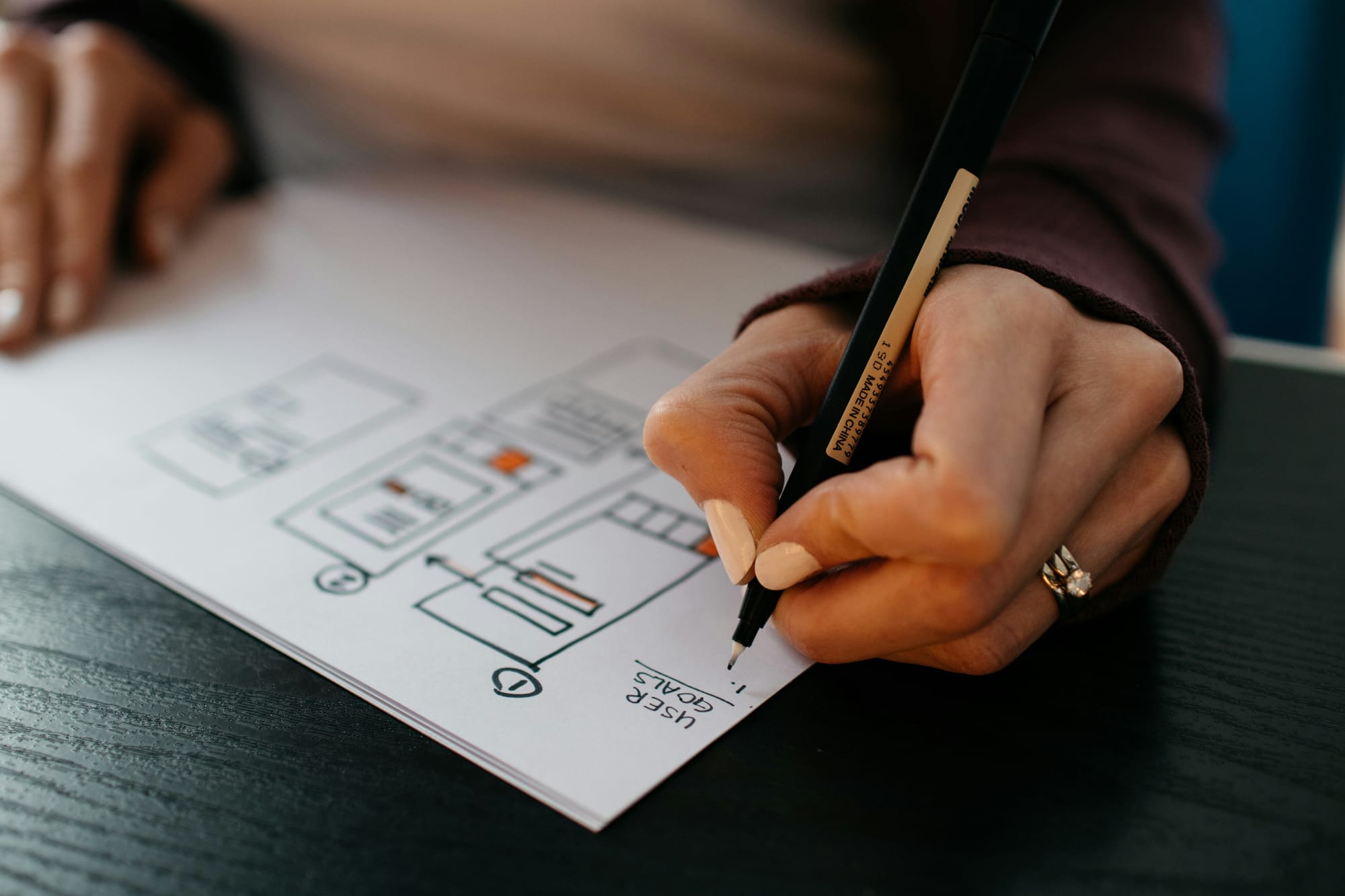Shipping & Fulfillment Strategies for Creators Facing Tariff Changes
Delivering rewards just got more complex. Here’s how to manage shipping, tariffs, and fulfillment.

As a Kickstarter creator, there is a very good chance you have a multinational supply chain and if that’s the case, the new U.S. tariffs might hit you hard.
In early 2025, the U.S. announced some of the largest changes to trade policy seen in a century. A universal 10% tariff will soon be going into effect on all imports. Some countries are seeing much higher rates, with China looking at a 145% tariff rate as of the time this post is being written.
On top of that, the government has also removed the de minimis rule for imported goods. This rule used to allow small shipments under $800 USD into the U.S. without tariffs. However, it will sunset on May 2, 2025.
Whether you’re importing a bulk shipment to a U.S. warehouse or sending to individual U.S. backers from overseas, one thing is for sure—someone has to pick up the tariff tab. It might be you, your manufacturer, or your backers. But someone is going to pay the bill.
This is already tricky for creators, especially in the games, design, and technology categories. Margins are being squeezed, and timelines are getting pushed back.
The hardest part is that the rules are changing fast. In the process of tracking tariffs, we had to edit our work several times in the last two weeks. That is to say, much of the policy and how it will be carried out is in flux.
But that doesn’t mean all is lost. And it doesn’t mean there’s nothing you can do.
There are ways to manage the risks associated with tariffs. This is especially true once you consider where you are in your campaign timeline. In this post, we divide creators into three scenarios:
- Scenario 1: Those who have launched and whose goods are in production or transit.
- Scenario 2: Those who have launched but haven’t manufactured yet.
- Scenario 3: Those who haven’t launched yet.
Your next steps will differ depending on where you are. In this post, we’ll give you some key considerations based on your current stage.

Scenario 1: You’ve Launched & Goods Are In Production or In Transit
This is arguably the most stressful place to be in right now. If you’ve already placed your manufacturing order or signed contracts, then your options are limited. But you can still meaningfully reduce risk even at this point.
What’s the #1 risk?
The tariffs hit after you’ve locked in your plans. That means you could be on the hook to pay far more than you expected. If the goods are already moving, you might get a surprise customs bill when they arrive at the port, one which you most likely did not include in your budget.
How you can manage U.S. tariffs
Here are five things you can do to reduce costs and manage the fallout:
- Confirm what you’re actually responsible for. If you’ve already arranged freight shipping, check your incoterms. This will tell you who is responsible for customs fees. You might be pleasantly surprised to find that your manufacturer is on the hook…not you.
- Hire a freight forwarder. A good forwarder can help you break down your landed costs—the ultimate cost to get your goods delivered to your warehouse. They can also help you with the paperwork, which is especially handy right now when policies are in flux and mistakes can lead to extra fees or delays.
- Talk to your fulfillment partner. Some fulfillment centers have the experience needed to help creators split shipments or route them through different ports. Sometimes that can help reduce tariff exposure. Either way, it’s worth asking.
- Double-check your HTS code. Every cross-border shipment gets a code from the Harmonized Tariff Schedule. This code tells customs what tariff to apply. If your code is wrong, you could end up paying more than you should—or risk a delay while they sort it out. Your freight forwarder or customs broker can help you get this right.
- Stay in touch with your backers. Things are changing quickly, and your backers know this. Your timeline might slip and your costs might go up. But luckily, the vast majority of your backers know that it’s out of your control. So, being open and honest with them will help settle their nerves and give them a reason to trust you.

Scenario 2: You’ve Launched & Funded, But Haven’t Started Manufacturing
If you’ve launched your project and your project has been successfully funded, but you haven’t started manufacturing, you’re in an odd spot. You have other people’s money in your hands, but you haven’t made anything yet. And your importing options are far more limited than when you launched your campaign. That means you have to make a ton of decisions. The flipside, of course, is that you at least have some meaningful control.
What’s the #1 risk?
The rules could change while you’re picking a manufacturer. Or worse, you pick one and order, and then a tariff hike hits your category or manufacturer’s country. You may also need to switch factories at the last minute because of cost or availability. That can throw your whole timeline off.
How you can manage U.S. tariffs
Here are six things you can do to potentially lower costs and keep your backers relatively comfortable:
- Be honest with your backers. Backers know the tariffs aren’t your fault and they know their presence might change how you get the project made. Just be open and honest with them as you make decisions. Straightforward communication makes patience easier.
- Remember—waiting is an option. If things are in flux and you’re not on a tight deadline, it might be safer to wait for a few weeks. Trying to make big financial commitments in a hurry can push you toward making a mistake.
- Don’t try to beat tariffs. You might be tempted to try to rush orders through before new policies take effect. But remember that manufacturing and freight delays are common, especially when large groups of people want to make rush orders at the same time as you. That means even if you try to beat a new tariff deadline, you might end up a couple of weeks behind schedule and paying the tariff anyway.
- Consider domestic production. Though U.S. manufacturing options may be limited, with the new tariffs, particularly on China, U.S. manufacturing might be priced competitively for your products now. It’s worth looking at quotes and comparing them to your previous plans.
- Look beyond China. Other countries—like Vietnam, India, Mexico, and some Eastern European nations—might offer better trade terms and competitive pricing. You may need to update your files or retool slightly, but it could be worth it.
- Revisit your campaign plan. If your production costs change, you might need to adjust your reward tiers or stretch goals. If you need to scale back, drop extras, or adjust your shipping timeline, that’s an option. It’s better to do this now than fall short later. And again, given how surprising the tariff announcements were, you’re likely to have a lot of grace from your backers.

Scenario 3: You Haven’t Launched Yet, But You Want To
You have Kickstarter ambitions, but you haven’t launched anything yet. The tariff announcements might have hurt because they could delay or defer some dreams, but, on balance, this is the best place to be in right now. You’re not stuck yet and you have options.
What’s the #1 risk?
Committing too early or moving forward without considering the tariffs. It’s tempting to follow your previously laid out plans, but doing so risks being blindsided by cost changes, delays, and new policies. Remember, once you collect backers’ funds, you’re on the hook and you have to deliver.
How you can manage U.S. tariffs
Here are six things you can do to manage tariff risk before you launch:
- Answer tariff questions before people ask. Mention them in your campaign FAQ, updates, or on the page itself. Tariffs are now the elephant in the room, and it’s best to address them.
- Avoid locking in specific shipping prices or dates too early. Don’t commit to fixed shipping prices or delivery dates if you don’t have all your manufacturing quotes yet. Use ranges or let people know that final numbers will be confirmed after the campaign through a pledge manager.
- Use a pledge manager to collect shipping later. If you collect shipping fees after the campaign ends, you can adjust pricing based on the latest tariff rules. It gives you more flexibility and protects you if things shift.
- Get multiple quotes. Talk to a few different factories and fulfillment centers, both local and international. If something falls through or tariffs change, you have backup plans ready to go.
- Work with a good customs broker. While it is possible to book your own freight shipping, at this point, given the uncertainty, you should really hire an expert to handle international customs clearance. They can help you calculate tariff costs and plan out shipping.
- Buffer your costs. Calculate tariffs the best you can, but add another 10-15% to your budget even after that. That gives you a little headroom in case there are more price hikes, port fees, or shipping surprises. Hopefully, you end up not needing it. But if you do, you’ll be glad it’s there.
Final Thoughts
For many creators, the new tariffs are overwhelming. And for those impacted mid-campaign, especially so. If you’re frustrated, no one could blame you for that at all.
But tariffs don’t have to break your campaign. They do force tough decisions—and in some cases, uncomfortable conversations with your backers. But even still, there are actions you can take and ways you can adapt.
Take a moment to consider where you are now. That will help you figure out the right step to take from there. And if you need help to move forward, don’t be afraid to reach out to fulfillment centers, freight forwarders, and other industry experts. We’re all here to help in the best way we know how!


